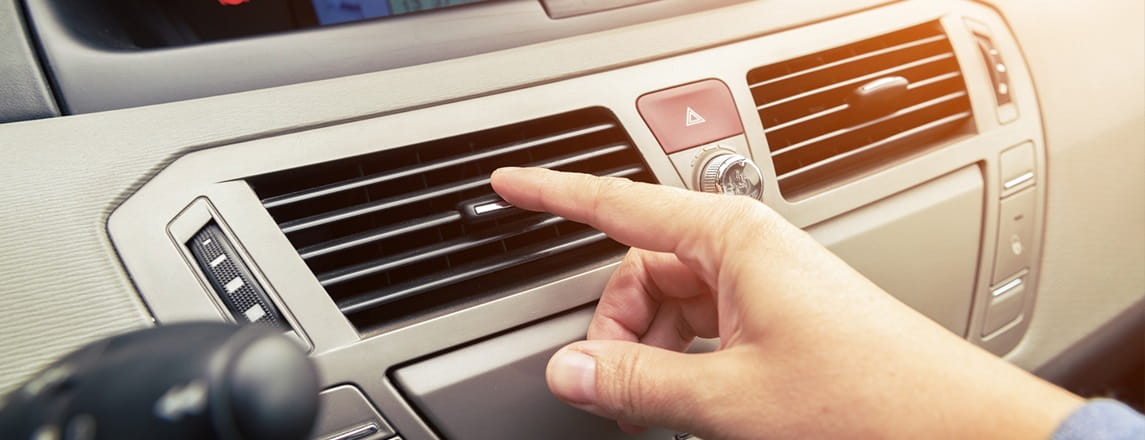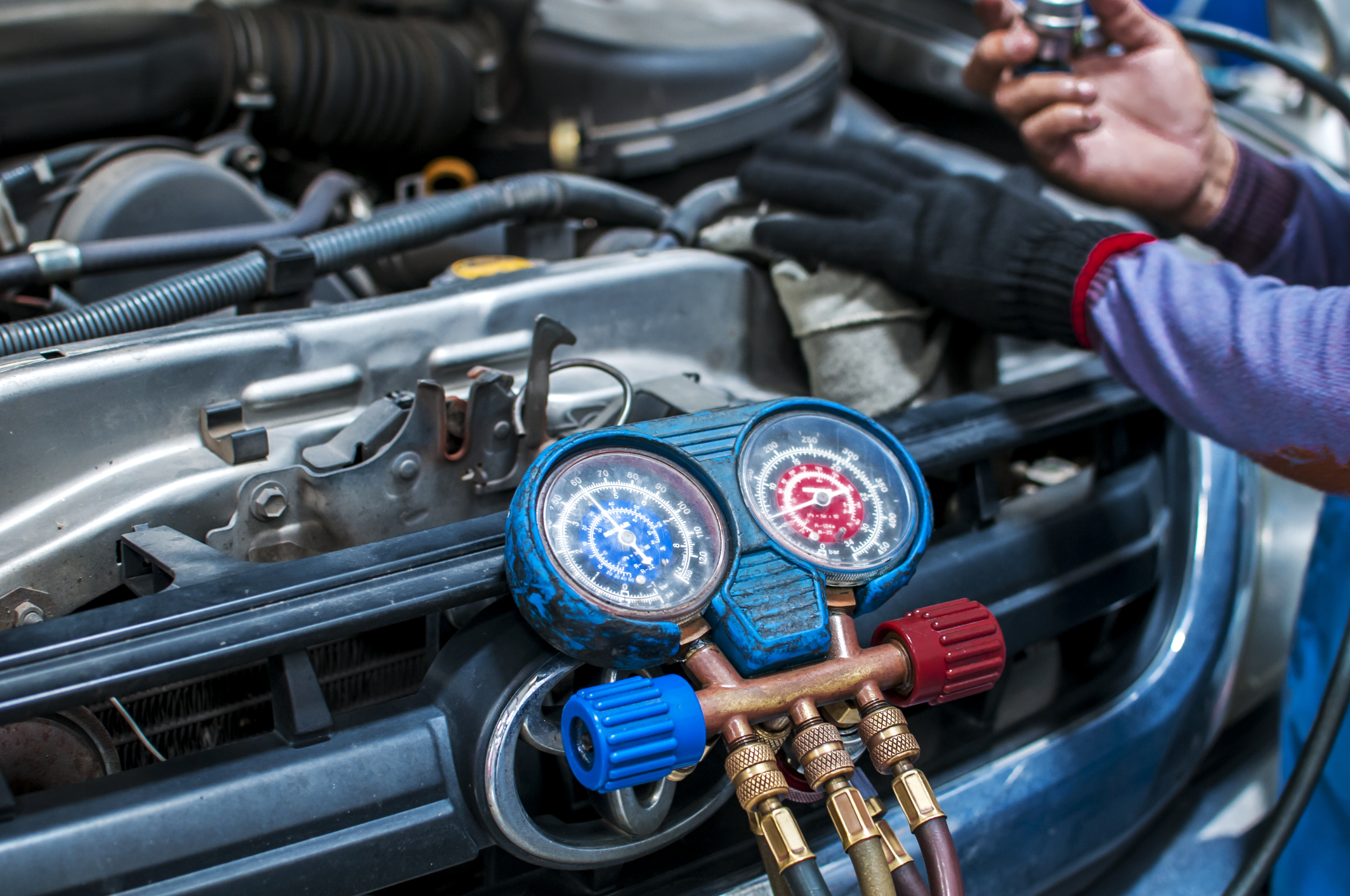
Why is My Car AC not Blowing Cold Air? Reasons and How to Fix
In the distant past, the car AC systems were standard equipment only in expensive luxury models. But today, even the cheapest small cars are equipped with a standard air conditioner from the factory. If the A/C in your vehicle is well-maintained and serviced regularly, you can expect it to continually cool the cab when you need the most.
But there are times the car AC not working even after recharging the system. What could have gone wrong? Several different issues can prevent your air conditioner from blowing cold air into the cabin. Some are more serious than others. To help, our ASE-certified car AC repair team will review each possible cause in detail, as well as how to proceed when car ac not blowing cold air.
r dapibus leo.
How Does a Car A/C System Work?
Your AC system comprises a compressor, a compressor clutch, condenser, a drier, a blowing fan, and an evaporator. While Freon (R-22) used to be the main refrigerant, it was discontinued in the USA in early 2020 due to being substandard for the environment. It’s replaced by Genetron AZ-20 (R-410A), a safer alternative that doesn’t exhaust the ozone, though it costs more.
Let’s take a look at how an AC system works.
- The refrigerant starts out in a gaseous state in the compressor. When you start the A/C, it commands the clutch to engage the compressor. The compressor increases the pressure and temperature of the refrigerant and transfers it to the condenser. The heat transferrer then condenses and cools down that gas (due to the AC fan), transforming it into a liquid state;
- This liquid then gets “move” to the receiver drier, removing moisture and harmful contaminants. It uses a material known as Desiccant, which absorbs moisture that finds its way into the AC from the air;
- The refrigerant is still in a state of matter when it leaves the drier. But before it reaches the evaporator, it goes through either an orifice tube or an expansion valve. An expansion valve has moving parts that adapt to readings sent from the evaporator. An orifice tube is a fixed sprinkler that converts refrigerant from liquid to gas. They both produce the same outcome in different ways. Once the Freon or AZ-20 passes through either of these, it expands rapidly, which returns it to an aeriform but cools it down.
- The evaporator works opposite of how the condenser operates. It absorbs the tarrying heat from the gas and cools it via an AC blower fan. At this point, the process is done, and you should be enjoying a fresh blast of cooled air. Once the cycle is completed, the refrigerant returns to the air conditioning compressor to start over again.
Why is My Car AC not Blowing Cold Air?
For starters, if there was a problem with the system from the very beginning, you can’t expect the A/C to work by recharging or adding refrigerant inside the system. This’s a common misconception that needs to be addressed. Of course, your car air conditioner will stop blowing cold air after a while. Therefore, first, you should check that you’re not low on refrigerant.
If you’ve made sure that you’re not low on Freon or Genetron AZ-20, these are the next common issues that cause your car AC not cold enough.
- Leaking refrigerant – When a car’s AC gradually loses its cool, one of the most common reasons is a leak in the system. In some situations, an additive combined with the refringent will take care of the problem. If your vehicle is over 5 years old, inelastic or brittle rubber O-rings used throughout your air conditioning system are more likely to blame;
- Electrical issues – Your auto’s A/C system is a tangle of wires, fuses, switches, and relays. A fault with any of these things can cause your car’s air conditioning system to stop working and blow hot air;
- Failing expansion valve – Is your vehicle’s air conditioner alternating between blowing cold then hot air? It could be your expansion valve is failing or corroded. It leads to inefficient refrigerant flow either too restrictive or not restrictive enough. The outcome is a permanent swing from hot to cold air;

- Faulty cooling fans – When fans aren’t running at full strength, your car’s A/C will gradually blow warm air. The fans can be ruined by road debris. The problem may also be related to electrical issues or blown fuses;
- Blocked or broken condenser – An air conditioning system’s condenser re-cools hot refrigerant once it’s been compressed. It can easily break or become blocked from road debris. Therefore, the air isn’t cooled as effectively or not at all;
- Compression problems – The compressor is the chief machine of your auto’s AC system. If the compressor breakdowns, coolant can’t circulate through the system – meaning no cool air. Lack of use over a long time is the most common cause compressors fail.
Why is My Car AC not Blowing Cold Air after Recharge?
There could be many reasons why AC not blowing cold air in car after you recharge it. You can handle the situation by discovering the most common reasons for this immediately.
- The compressor isn’t able to connect – Numerous factors can cause the compressor to not connect with the vehicle air conditioning. It may be an electrical failure in the circuit during charging, overheating the car, or maybe the coolant is just low. Today’s modern technology is capable enough to detect any kind of problem in the vehicle. And, when it senses any problem, A/C is the first thing to get shut-off. So, ensure that you check the compressor as it could be why car A/C is not blowing cold air after recharge;
- Blend air door – Blend air door is the cause for drawing hot air to cold air in your vehicle system. This door is located in the vent system. The warm air is blown directly from the motor if the blend door isn’t working adequately. Hence, you need to take your car to the certified mechanic whenever you find any fault in the stuck blend door;
- Leaking coolant – The latest technology vehicle system is more sensitive than the older ones. The leaking coolant is the reason the AC cools hot air in no time. The chemical can dissipate if there is any leakage in the air conditioning. Thus, AC wouldn’t work, as there is no coolant in the system. You can solve this issue by charging a machine that will pour coolant and make you’re A/C work properly. If the air conditioner still doesn’t work even after using the charging machine, contact your mechanic;
- Other issues – If you don’t diagnose any of the above problems, the chances are that your vehicle must be having some other problem. The faulty or no working of AC can pinpoint some severe issues. Though you can handle the serious problems as well with some DIY solutions, it’s preferable to allow a mechanic to take care of the internal machinery.
How Often do I Need My A/C System Recharged?
Only when the chilly breeze no longer feels as cool as you remember. However, a properly maintained air conditioning system can indeed go its entire life without recharging. But, that’s if you’re super lucky. If you notice your A/C isn’t reaching those refreshingly cool temperatures, have your system inspected. In this situation, most vehicles will be low on coolant.
And since the AC is a sealed system, low refrigerant is an indicator that something is not right. As we said, it could be a small leak that needs attention or possibly part of the air conditioner is failing.

The Cost of Auto AC Repair
Nobody enjoys driving a car that needs repairs, especially if it’s something as vital as your air conditioning system. If your auto AC is not blowing cold air consistently, and you aren’t mechanically inclined, it’s likely time to bring it to a car repair shop.
How much does an A/C system repair cost? Here’s a breakdown of what you might expect:
- Inspection & diagnosis: $80-$120;
- Refrigerant refill: $80-$150;
- Minor repairs (cleaning, clog removal, leaks, clutch replacement): $150 to $800;
- Major repairs (new condenser/compressor/fan motors): $1,000+;

Quick A/C Maintenance Tips
After a busy summer and a long-lasting heatwave, it’s time to give your AC some tender loving care. Here are 5 tips that will keep it running smoothly.
- Run the AC once a week for 10 minutes – It’ll maintain gas pressure to keep the compressor working optimally. When you do this, make sure to turn it to its highest fan speed and coolest mode;
- Turn the air conditioner off before starting the engine – Leaving the A/C on will put an extra load on the car battery the next time you start it. Wait until the motor is running and the power is coming from the alternator before turning on the AC;
- Run defrost mode for 5 to 10 minutes – This prevents mildew and cleans excess moisture, which can produce unpleasant odors in vehicle;
- Use the air conditioner in winter – In addition to cooling your car, one of the air conditioner’s primary functions is to rid of humidity from the cabin. It works exceptionally well when you have to remove fog from the windshield to enhance visibility;
- Re-charge A/C – Every 2 years, refresh the cooling system with lubricant and gas.
